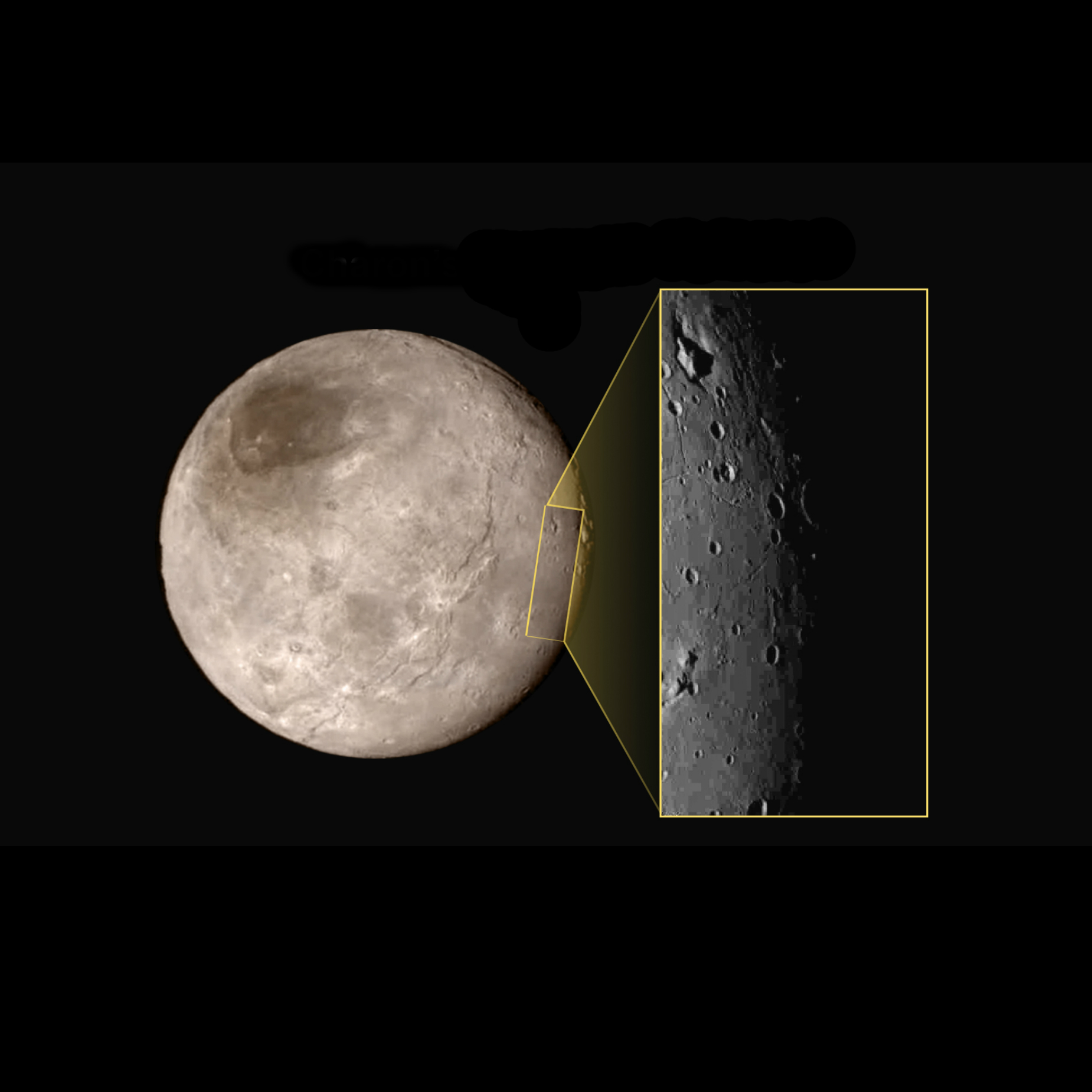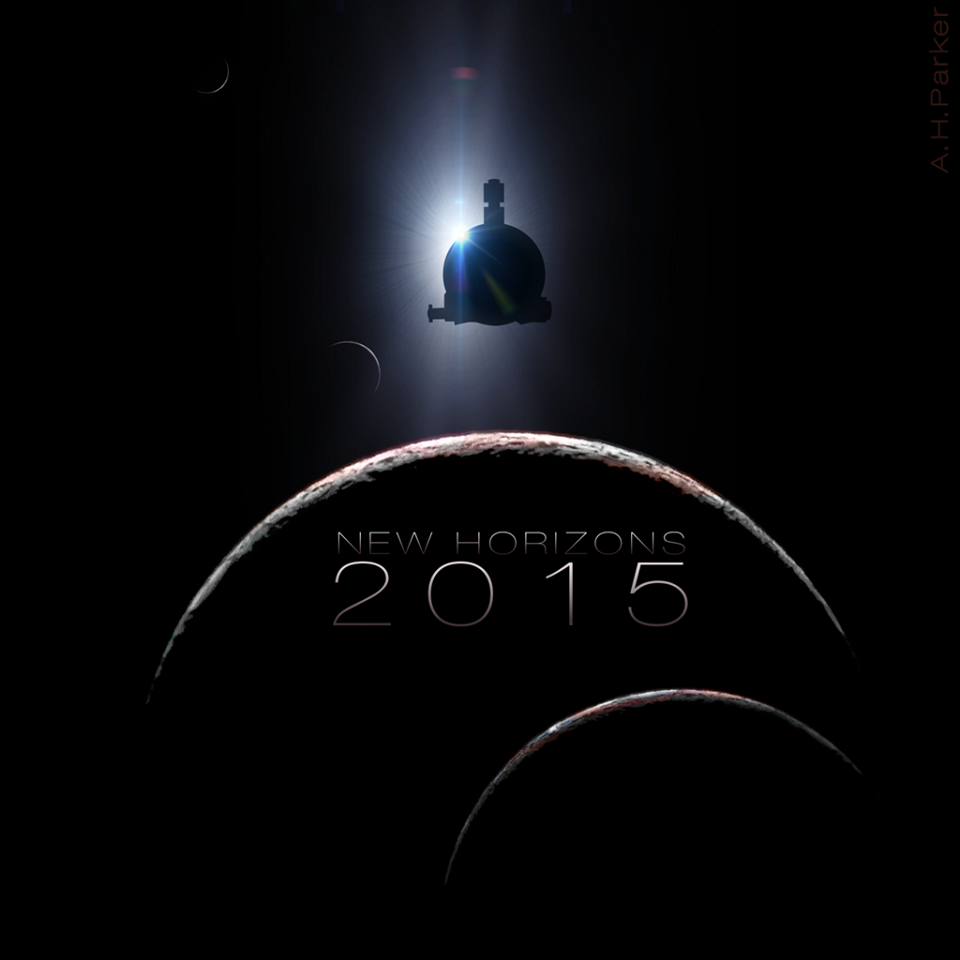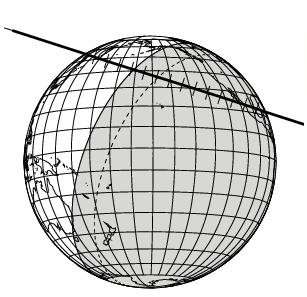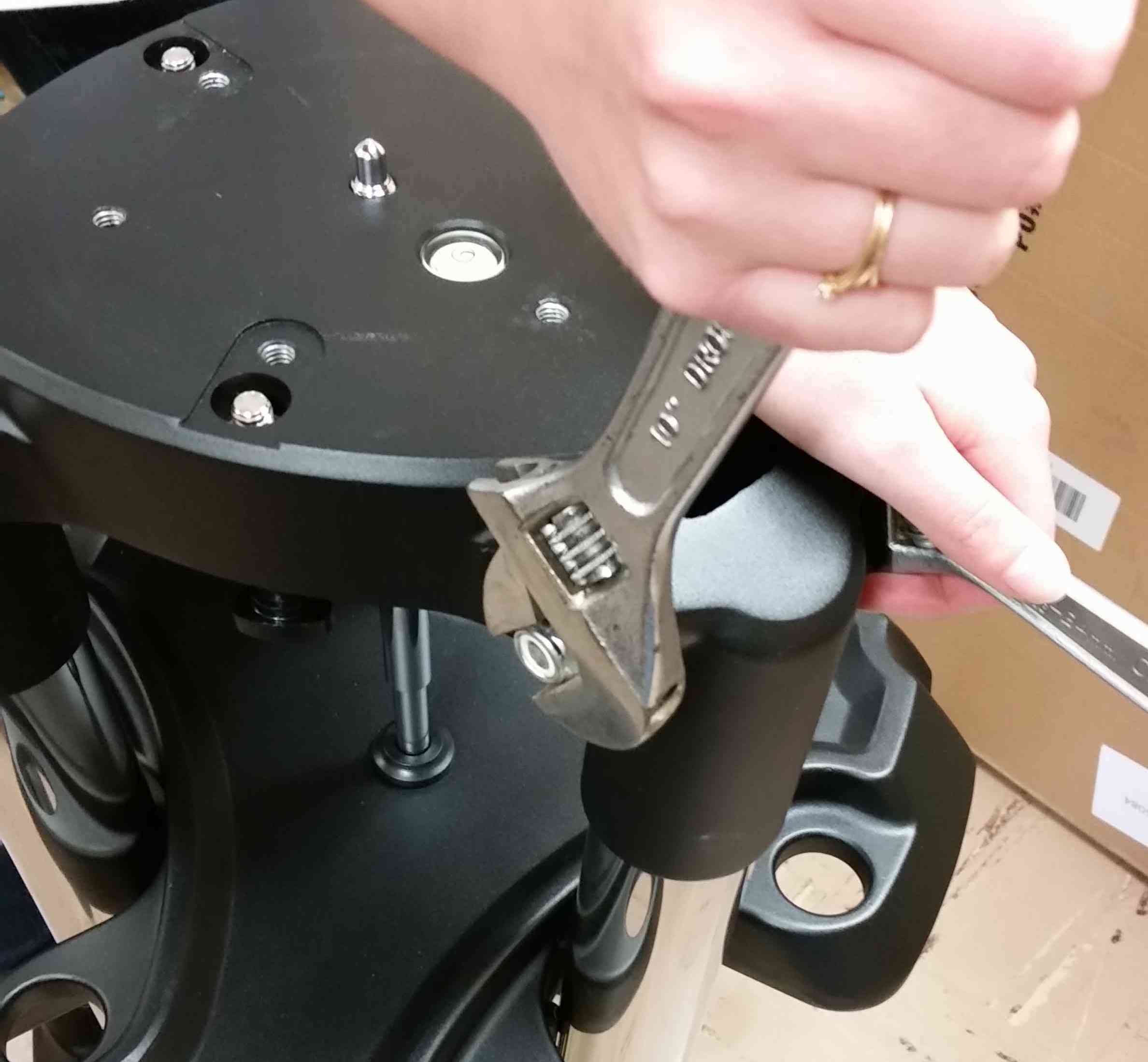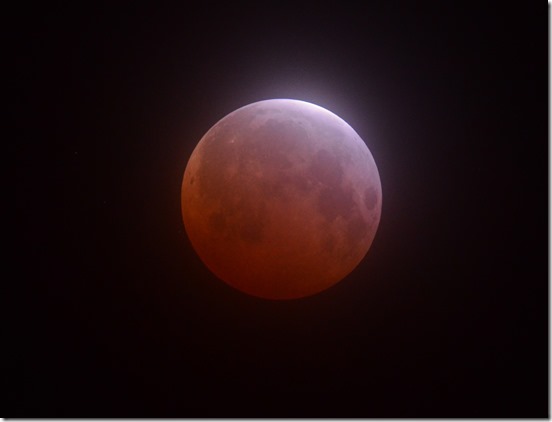The RECON Project reached a significant milestone this past week. Through a highly successful Southern RECON Training Workshop, sixty-five enthusiastic and engaged educators and amateur astronomers participated in an intensive four-day training workshop held in Kingman, Arizona. These representatives are now fully prepared to return to their home communities to recruit and work with local team members on our citizen science effort to study the outer solar system.
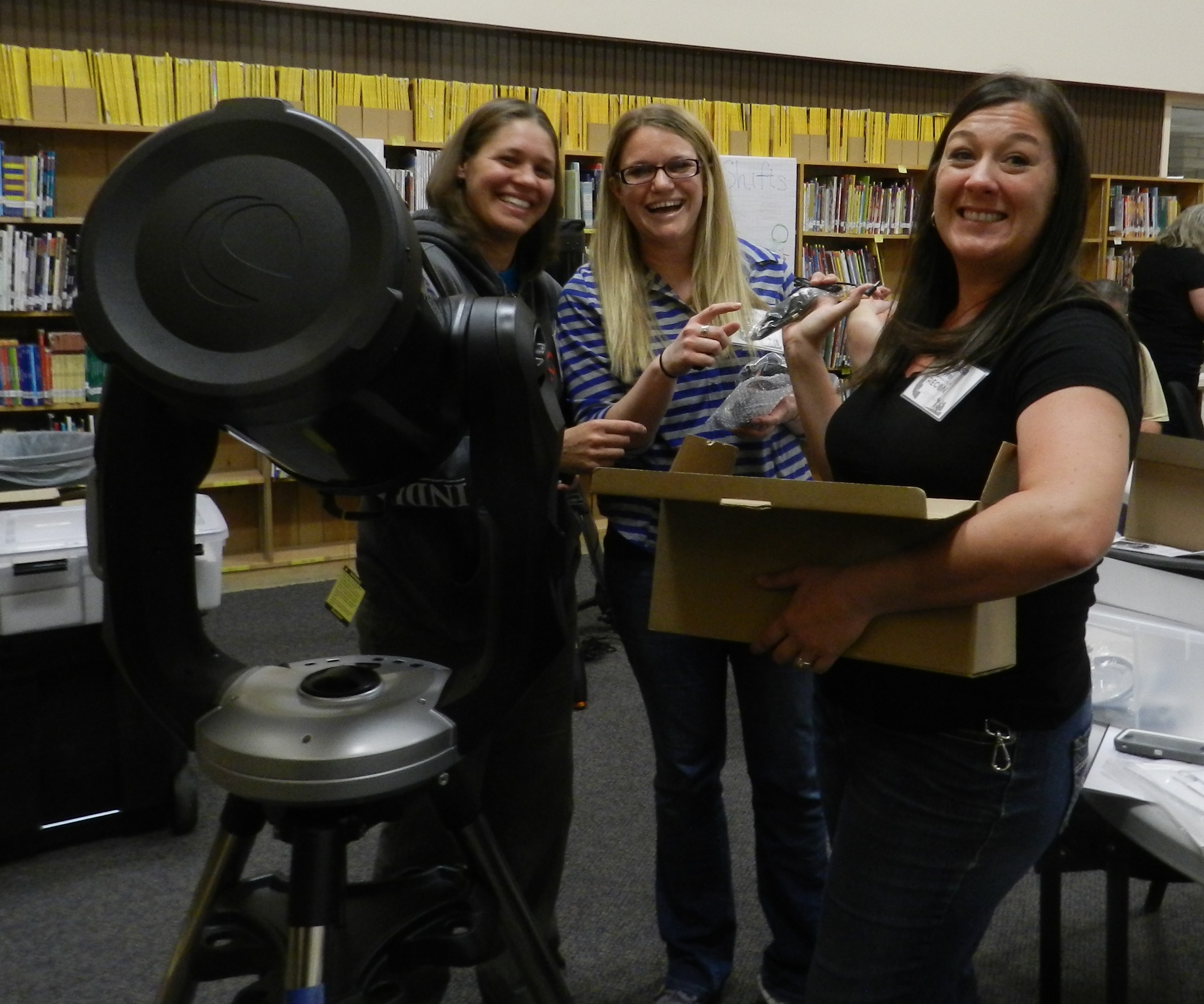
Lake Havasu City teachers show off their telescope
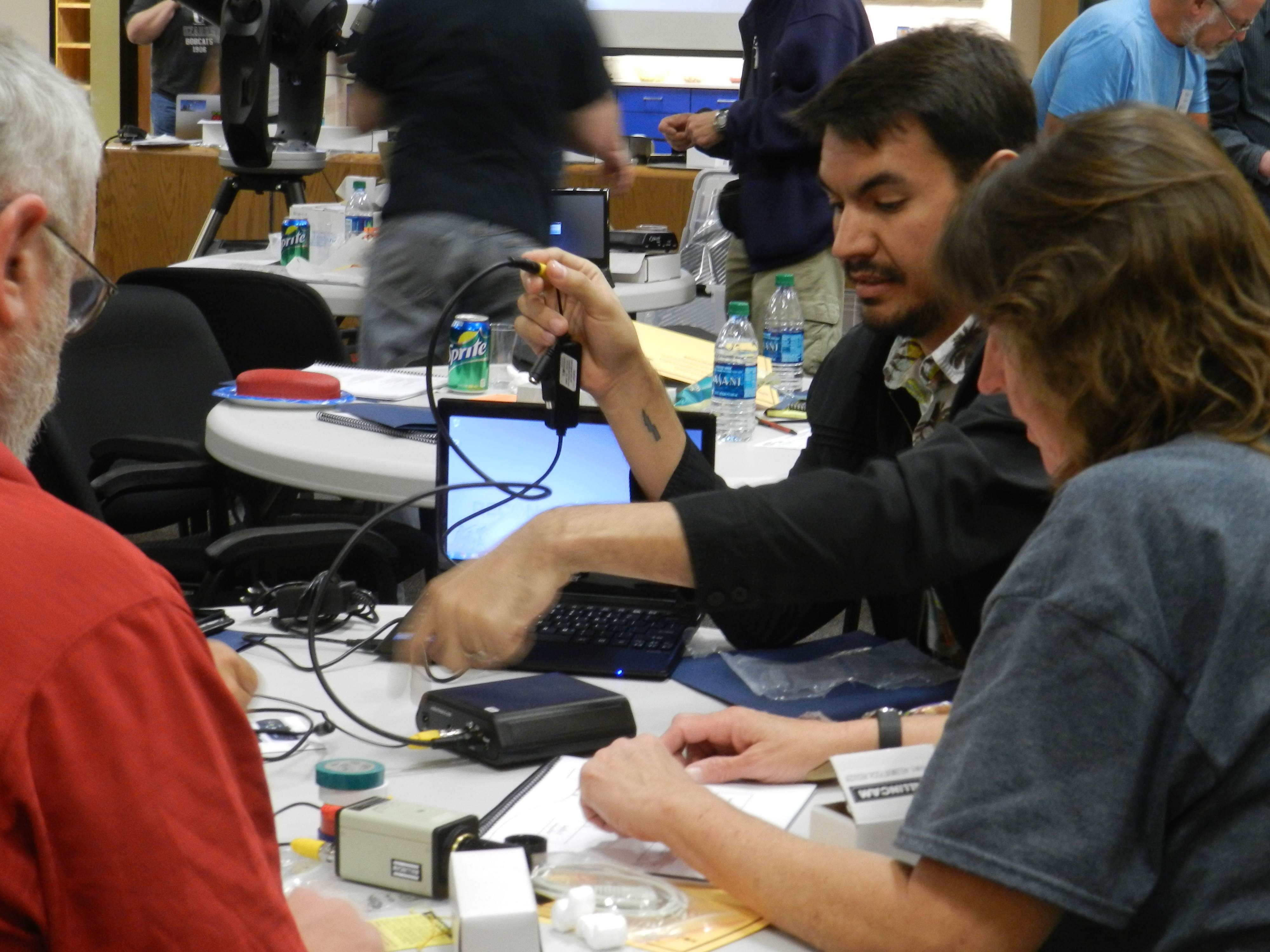
Team members from Yuma wire up their camera
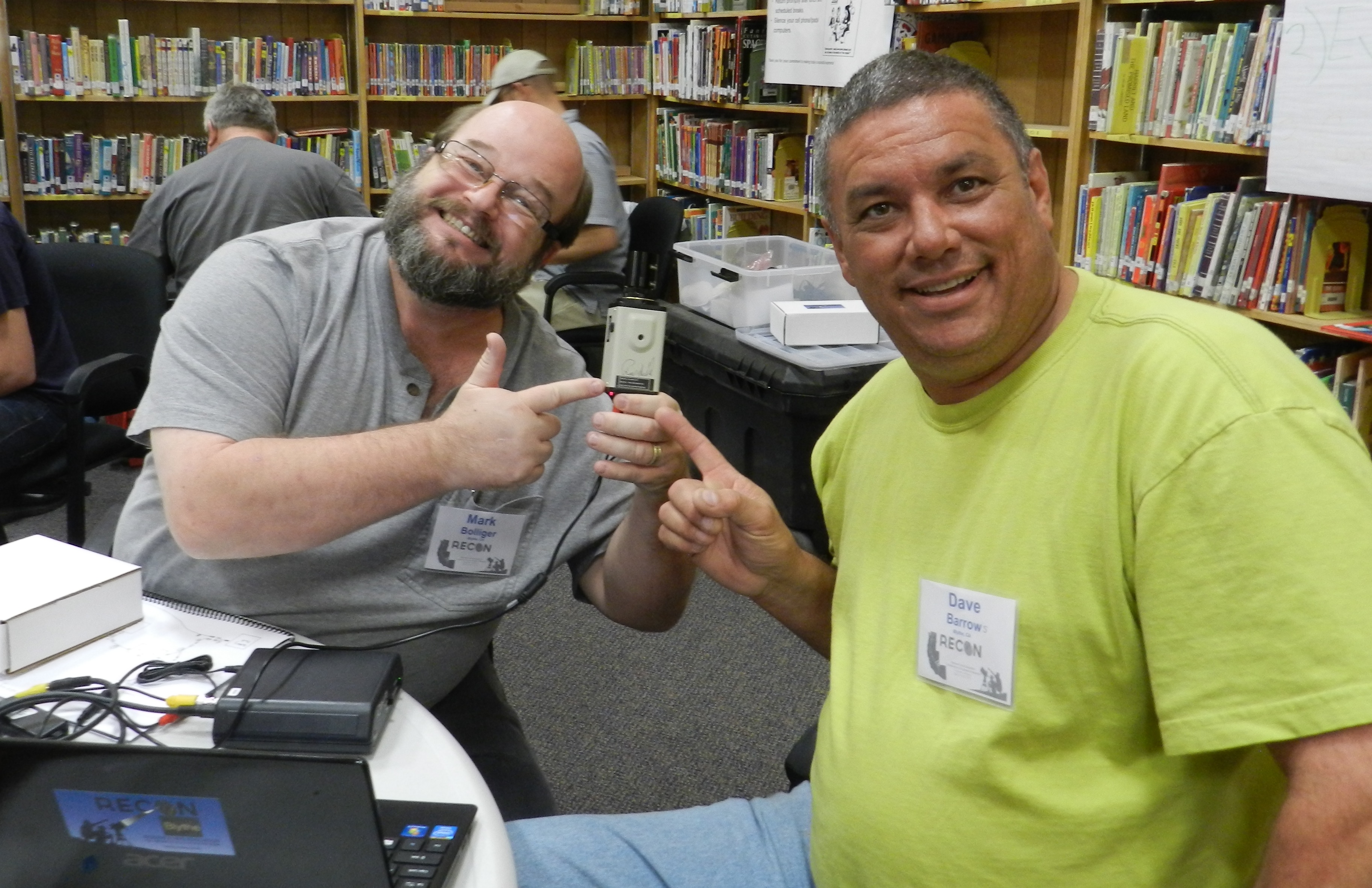
Amateur astronomers from Blythe show off camera signed by Rock Mallin
The workshop focused on the science of occultation astronomy and provided hands-on experience using RECON telescope and camera equipment both during the daytime and through three nighttime observing sessions.

RECON is grateful to the Kingman Unified School District for hosting the workshop

Participants model Earth’s motion through kinesthetic astronomy activity
Participants also learned about data analysis opportunities and classroom activities to engage students and community members in the project.
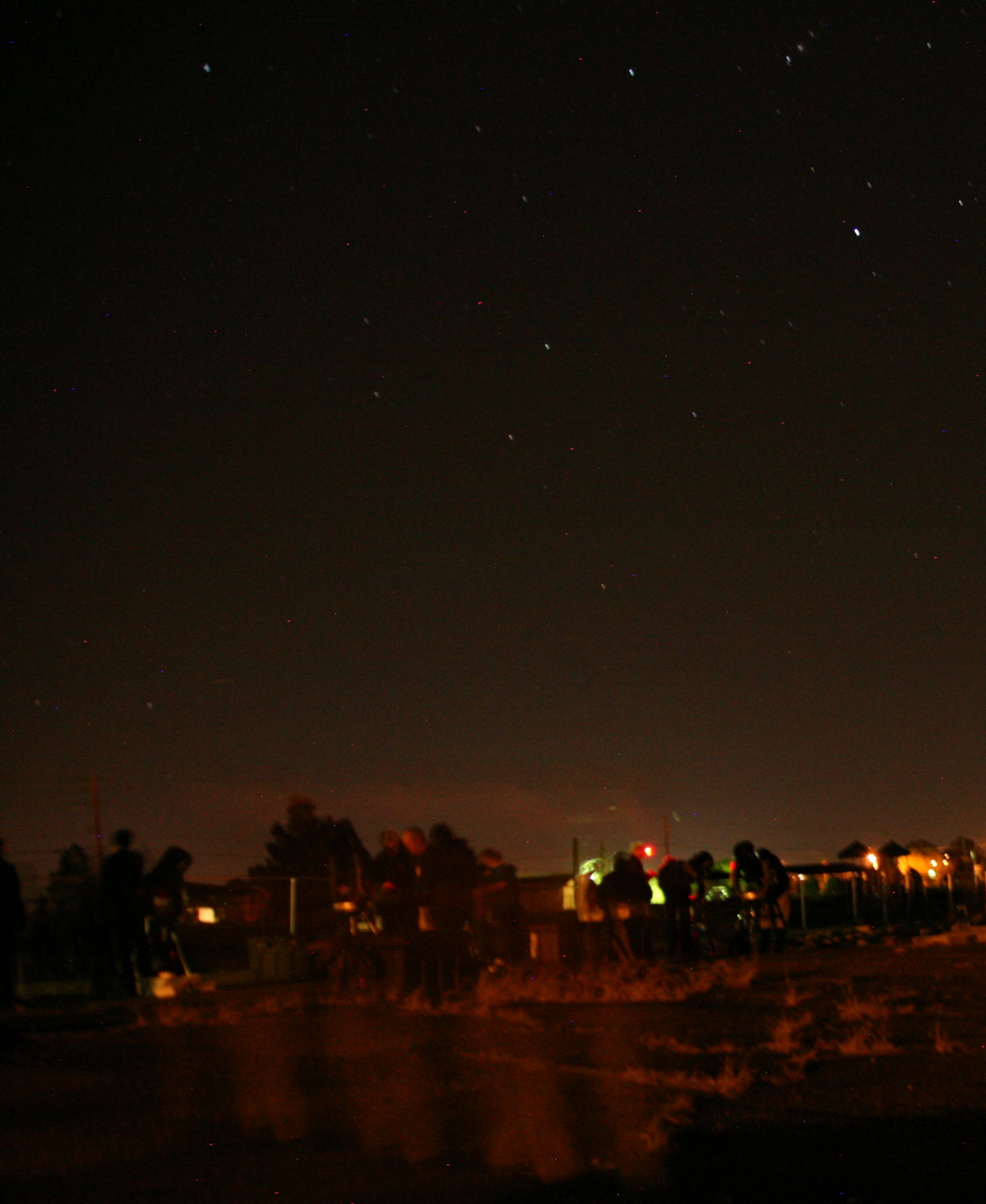
Team members practice using RECON equipment under night sky
In an event known as an appulse, team members participated in an observation campaign involving a main belt asteroid just grazing a distant star on the final night of the workshop.
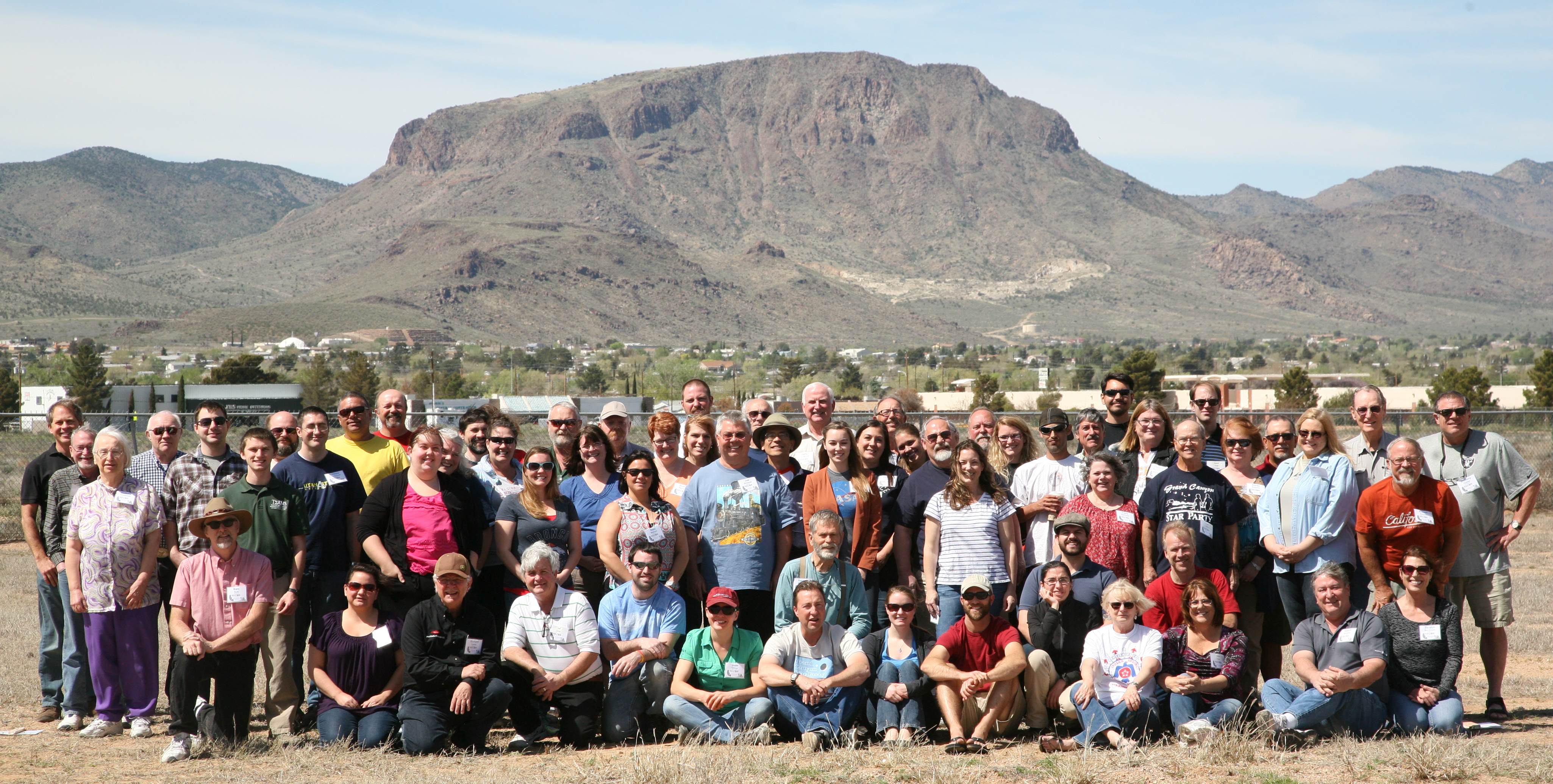
Group photograph from Southern RECON Training Workshop held in Kingman Arizona.
The workshop involved representatives from almost half of the full RECON network, with 16 new teams and 8 teams from the pilot project. Participants came from as far south as San Luis, Arizona (along the border with Mexico) to Brewster within 100 miles of the border with Canada. Teams from California (Calipatria, Blythe, Idyllwild, Lone Pine, Bishop, Lee Vining, and Greenville) and Arizona (Yuma, Parker, Lake Havasu, River Valley, Bullhead City, and Kingman/Dolan Springs) were joined by participants from Nevada (Laughlin, Boulder City/Searchlight, Henderson, Indian Springs, Beatty, Tonopah, Hawthorne, Yerington, Gardnerville, Carson City, and Reno) along with teams from Maupin Oregon and Brewster Washington.
In just under a month, the Northern RECON Training Workshop will prepare 25 additional teams from Washington and Oregon.



